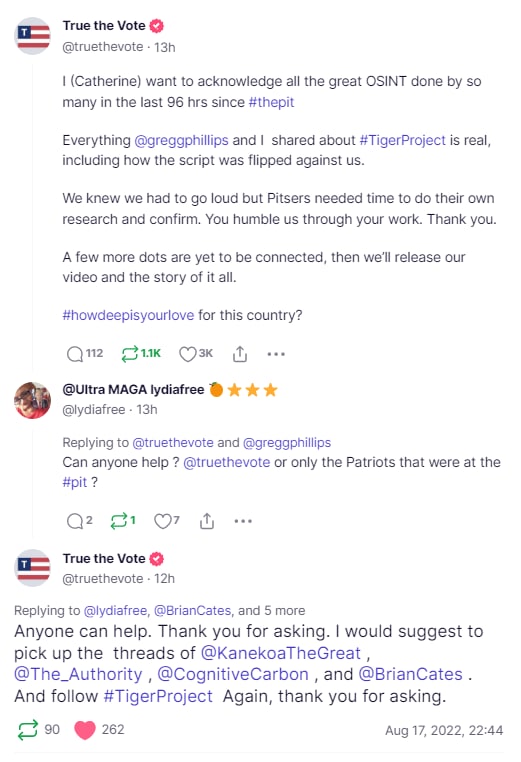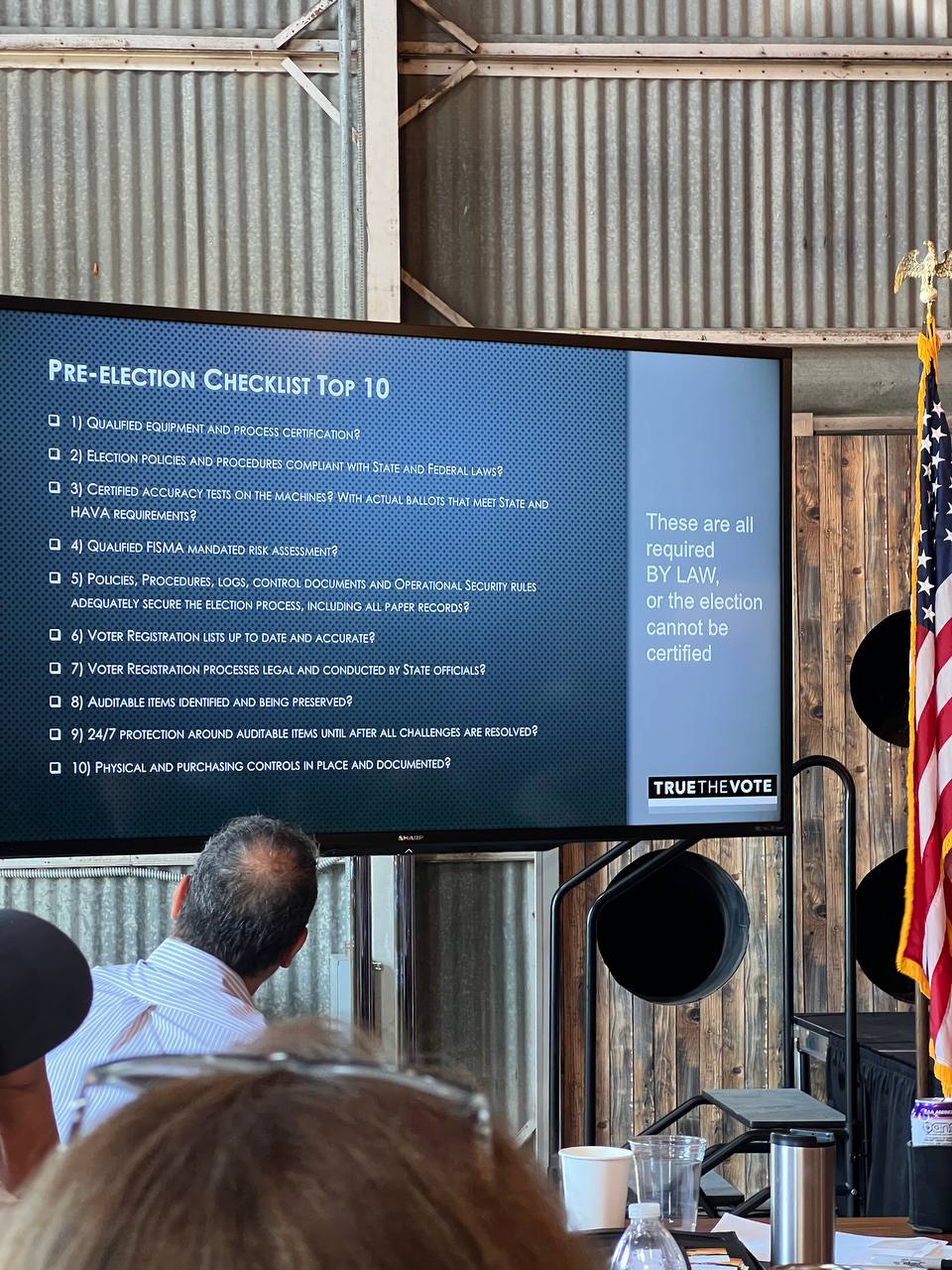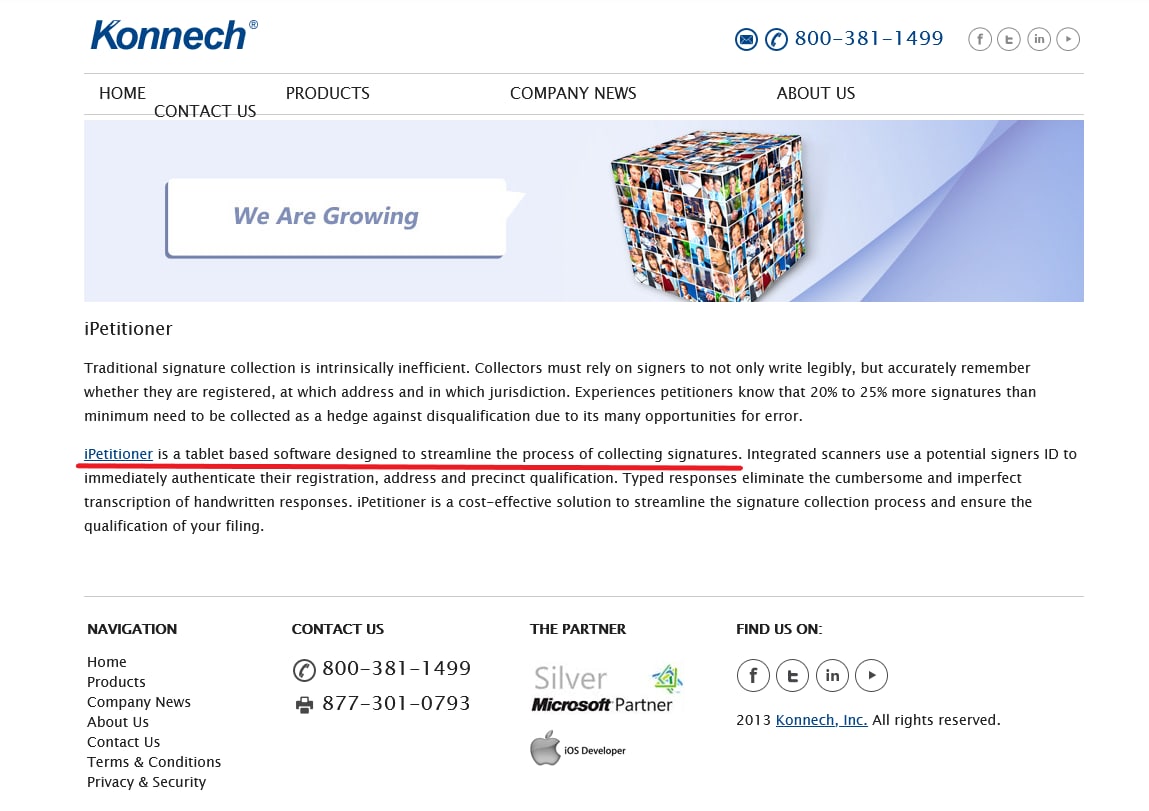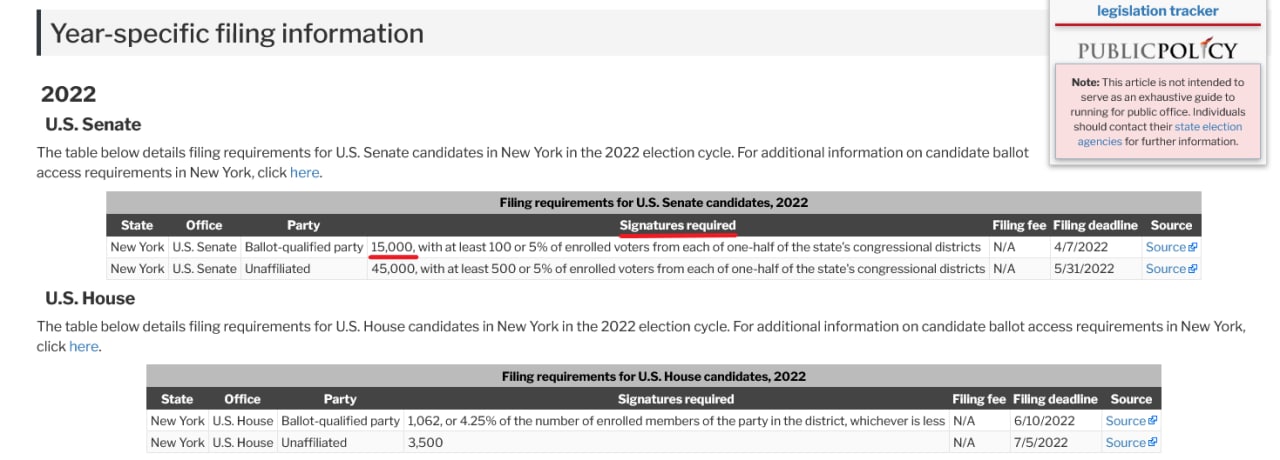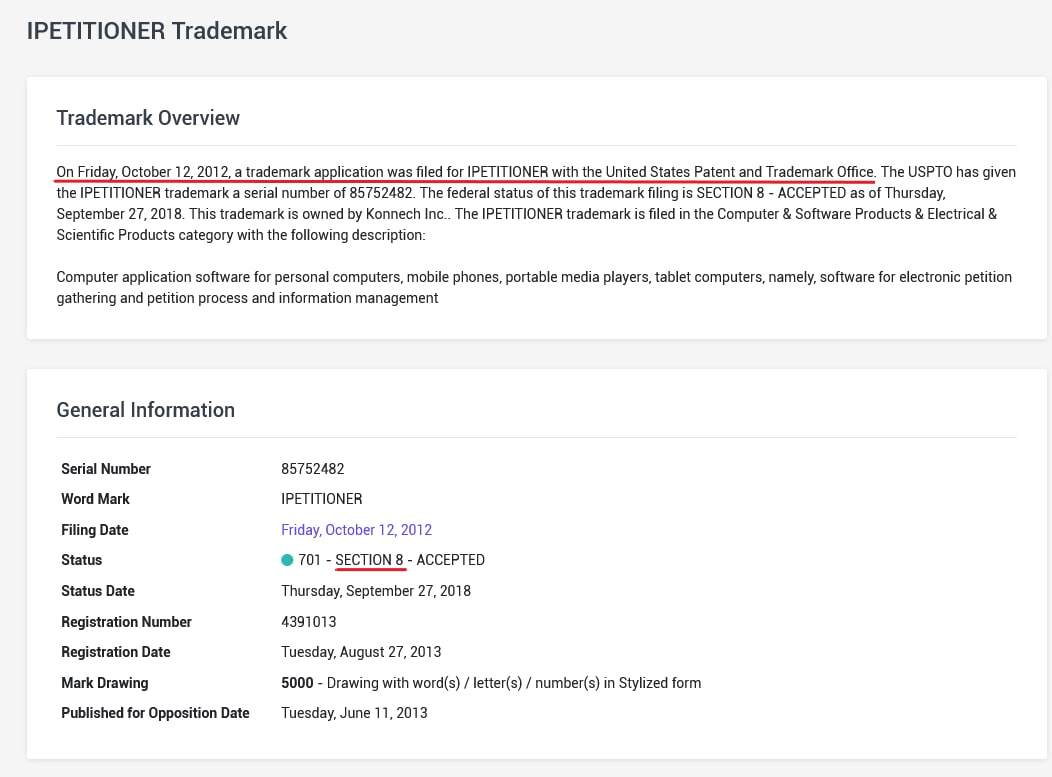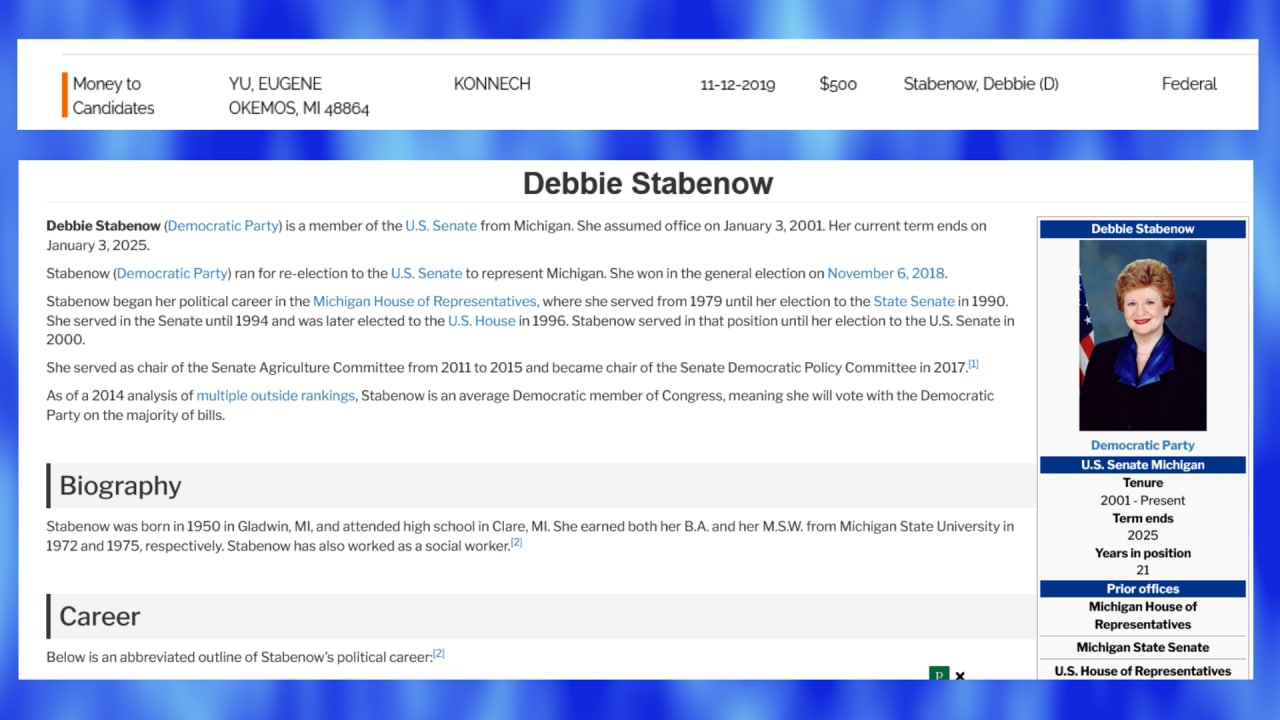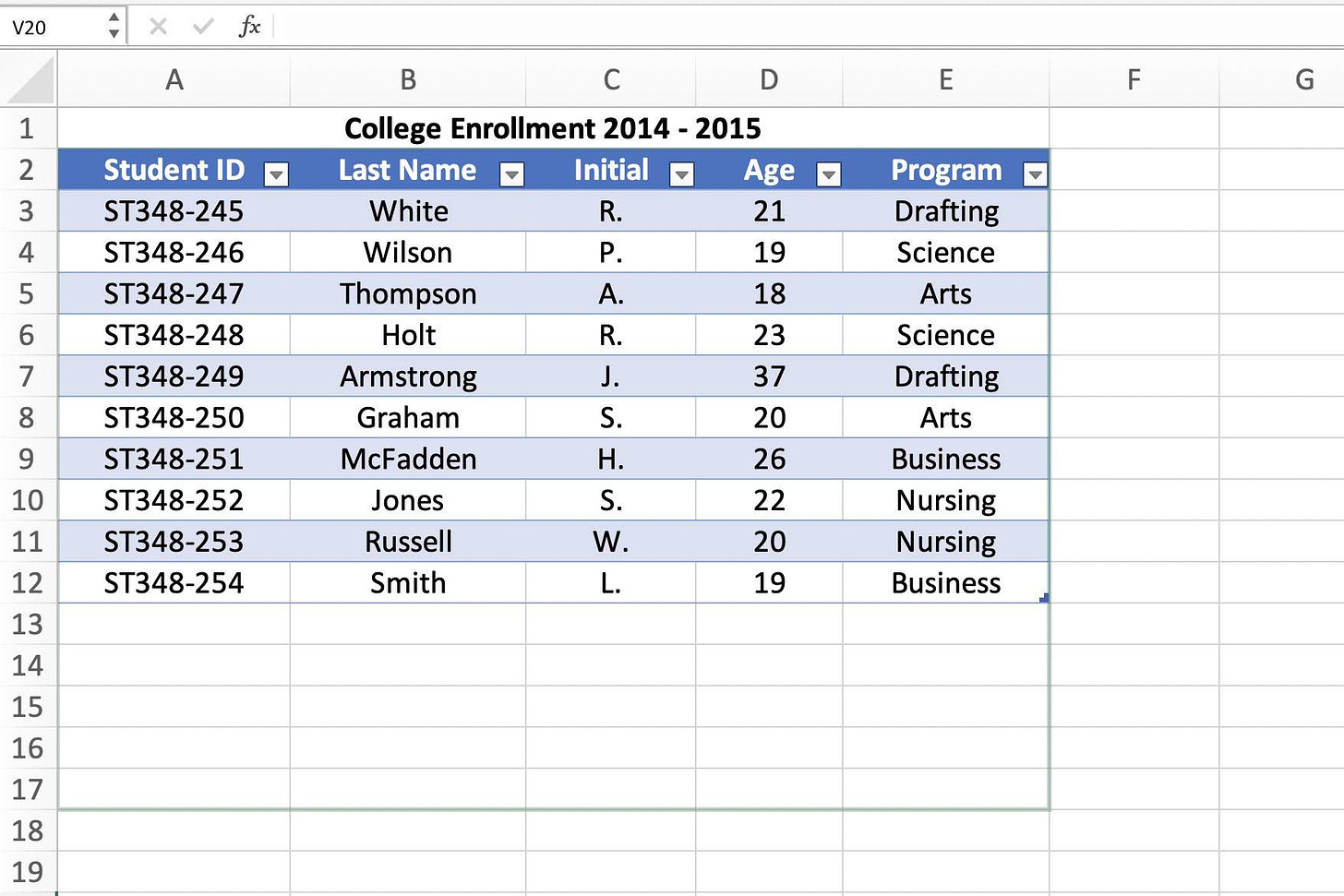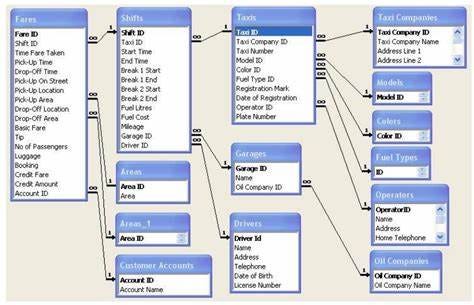In a likely attempt to pander to the more reasonably minded—those who rightly question climate alarmism—the Wall Street Journal released an opinion piece detailing a report by Mark Mills of the Manhattan Institute, wherein Mills essentially debunks the claim that fossil fuels can be replaced with green energy alternatives, such as solar and wind energy.
Mills opens with,
Civilization still depends on hydrocarbons for 84% of all energy, a mere two percentage points lower than two decades ago. Solar and wind technologies today supply barely 5% of global energy. Electric vehicles still offset less than 0.5% of world oil demand.
The report can be read in full here.
The Wall Street Journal is historically pro-climate change, pro-green new deal, and pro-ESG, although they also express criticism on this subjects from time to time. This criticism appears to be a token gesture in an effort to maintain credibility with their audience.
Skepticism surrounding the climate change narrative has only grown in recent years, even as pro-climate change coverage has exploded in recent years.
A poll from 2021 found that only “43% of Americans nationally believe that climate change will harm them personally.”
“An “energy transition” away from society’s dependence on hydrocarbons is not feasible in any meaningful time frame,” Mills writes in the report. He continues, “it is a dangerous delusion to base policies on the idea that such a transition is possible.’
Mills concludes in his report that “Data, not aspirations, show just how critical hydrocarbons are and, in the wake of the Ukraine invasion, the consequences of failing to realize what reality permits. A different understanding of “transition” is required, one that recognizes that new energy sources should be considered additives, not outright replacements, for oil, natural gas, and coal.”
Climate alarmists and activists often cite the lack of acceptance for sweeping change to climate denialism, but as Mills argues “the realities of the physics, engineering, and economics of energy systems are not dependent on any facts or beliefs about climate change.”
Mills layous out why energy demands have, and will likely continue to increase, as technology advances. (Ephasis added by Vigilant News)
One can begin with a reality that cannot be blinked away: energy is needed for everything that is fabricated, grown, operated, or moved… digital devices and hardware—the most complex products ever produced at scale—require, on average, about 1,000 times more energy to fabricate, pound for pound, than the products that dominated the 20th century… it takes nearly as much energy to make one smartphone as it does one refrigerator, even though the latter weighs 1,000 times more. The world produces nearly 10 times more smartphones a year than refrigerators. Thus, the global fabrication of smartphones now uses 15% as much energy as does the entire automotive industry, even though a car weighs 10,000 times more than a smartphone. The global Cloud, society’s newest and biggest infrastructure, uses twice as much electricity as the entire nation of Japan. And then, of course, there are all the other common, vital needs for energy, from heating and cooling homes to producing food and delivering freight.
Advocates of a carbon-free world underestimate not only how much energy the world already uses, but how much more energy the world will yet demand… In America, there are nearly as many vehicles as people, while in most of the world, fewer than 1 in 20 people have a car. More than 80% of the world population has yet to take a single flight.
Climate activists often demand change, without considering the practical impact on society. But Mills rightly points out that wind and solar can’t compare to the energy output of fossil fuels.
Claims that wind, solar, and [electrical vehicles] have reached cost parity with traditional energy sources or modes of transportation are not based on evidence. Even before the latest period of rising energy prices, Germany and Britain—both further down the grid transition path than the U.S.— have seen average electricity rates rise 60%–110% over the past two decades. The same pattern is visible in Australia and Canada. It’s also apparent in U.S. states and regions where mandates have resulted in grids with a higher share of wind/solar energy. In general, overall U.S. residential electricity costs rose over the past 20 years. But those rates should have declined because of the collapse in the cost of natural gas and coal—the two energy sources that, together, supplied nearly 70% of electricity in that period. Instead, rates have been pushed higher thanks to elevated spending on the otherwise unneeded infrastructure required to transmit wind/solar-generated electricity, as well as the increased costs to keep lights on during “droughts” of wind and sun that come from also keeping conventional power plants available (like having an extra, fully fueled car parked and ready to go) in effect by spending on two grids.
None of the above accounts for the costs hidden as taxpayer-funded subsidies that were intended to make alternative energy cheaper. Added up over the past two decades, the cumulative subsidies across the world for biofuels, wind, and solar approach about $5 trillion, all of that to supply roughly 5% of global energy.
Whether it’s to cool a home, heat steel, or power a data center, the eternal engineering challenge has always been to find the lowest-cost way to make energy available when it’s needed to meet inherently variable demands, especially in the face of inevitable challenges from nature’s attacks as well as supply chain and machine failures. Oil, natural gas, coal, and even wood and water are easy to store in very large volumes at very low cost, but not so electricity. Hence, grid-scale electric availability has been made possible by using electricity-producing machines (turbines) that can be turned on when needed, fueled by large quantities of primary energy sources (such as natural gas, coal, and flowing water) that are easily and inexpensively stored. Such metrics characterize, for now, more than 80% of U.S. electricity production and more than 90% of transportation. The U.S., on average, has about one to two months’ worth of national demand in storage for each kind of hydrocarbon. Such enormous quantities are possible because it costs less than $1 a barrel per month to store oil or the energy equivalent of natural gas. Storing coal is even cheaper. Thus, over the past century, engineers achieved the feat of building a nation-spanning group of electricity grids that powers nearly everything, anytime, while still consuming less than 3% of the GDP.
Storing electricity itself—the output from solar/wind machines—remains extremely expensive despite the vaunted battery revolution. Lithium batteries, a Nobel-winning invention, are some 400% better than lead-acid batteries in terms of energy stored per unit of weight (which is critical for vehicles). And the costs for lithium batteries have declined more than 10-fold in the past two decades. Even so, it costs at least $30 to store the energy equivalent of one barrel of oil using lithium batteries. That alone explains why, regardless of mandates and subsidies, batteries aren’t a solution at grid scales for days, never mind weeks, of storage.
The situation for the climate activists is bleak. But for those who align with reality, the decade long climate-alarmism fad might be finally coming to an end. At least, for now.
Climate change is the latest phrase refering to anthropamoric wealther influencing. In the initial push, where humanity was presented as the great antagonist villan, was global cooling in the ’70s. In the ’90s, it morphed into global warmng, popularized by Al Gore’s film, An Inconvenient Truth.
Historically, fads based in fraud, bad science, or wishful thinking can only last as long as the zeal to maintain the illusion persists. But eventually, even if it causes upset, the truth springs to deal a death blow.
The climate change case has always been dubious, and, despite mainstream media’s efforts to convince people otherwise, there is not a scientific concensus of climate change doctrine. Statistical fraud, as one article states, is rapent.
This writer argues that ESG, and other carbon conserving schemes appear to be one of many white-collar scams pushed by the likes of the globalists, who seem to prefer scamming hard-working people instead of producing something beneficial for society themselves.
– Justin
Justin Deschamps is an epistemologist, researcher, and public speaker, passionate about omniology. He discusses a wide range of topics for the betterment of mankind in and through the enhanced capacity to think critically, discern wisely, and expose corruption. He hosts Vigilant News and Knowledge Based on Badlands Media, and writes, produces, and hosts the show Into The Storm on Rise.tv.

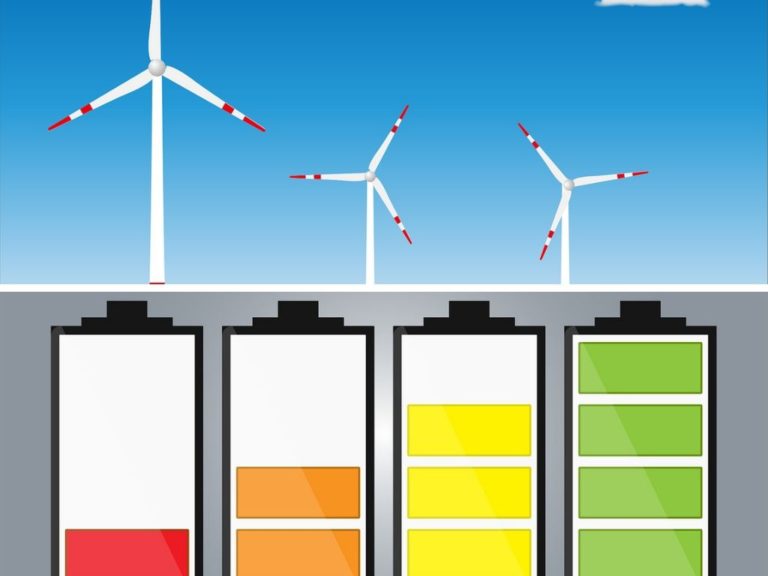
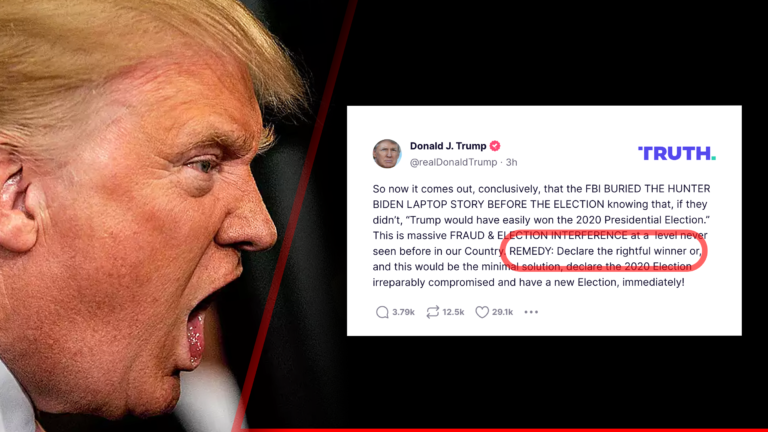


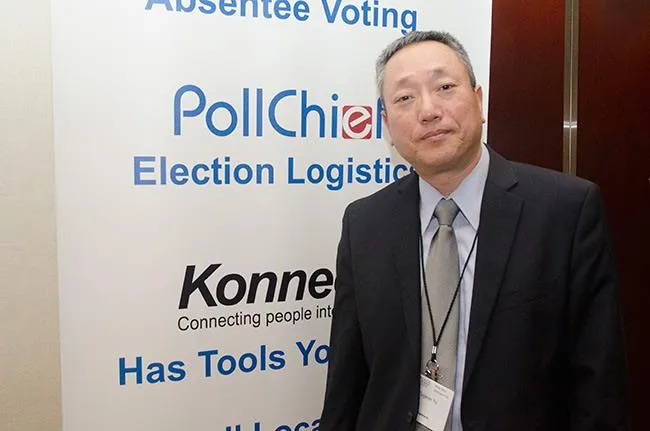
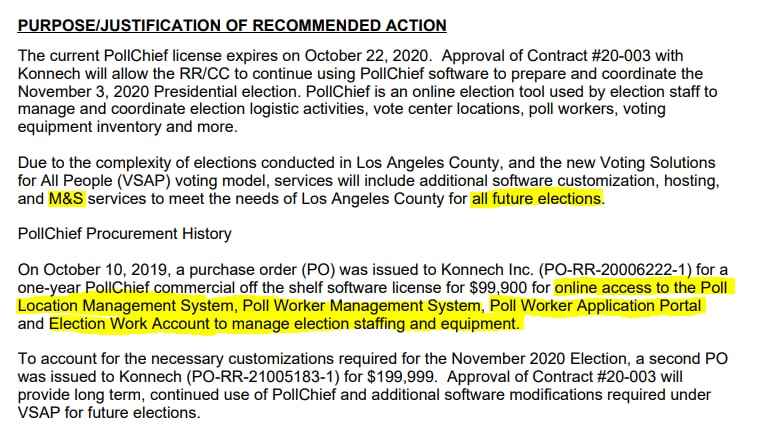
 This is where all the Konnech $$$ came from.
This is where all the Konnech $$$ came from.